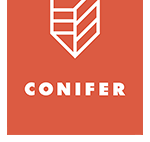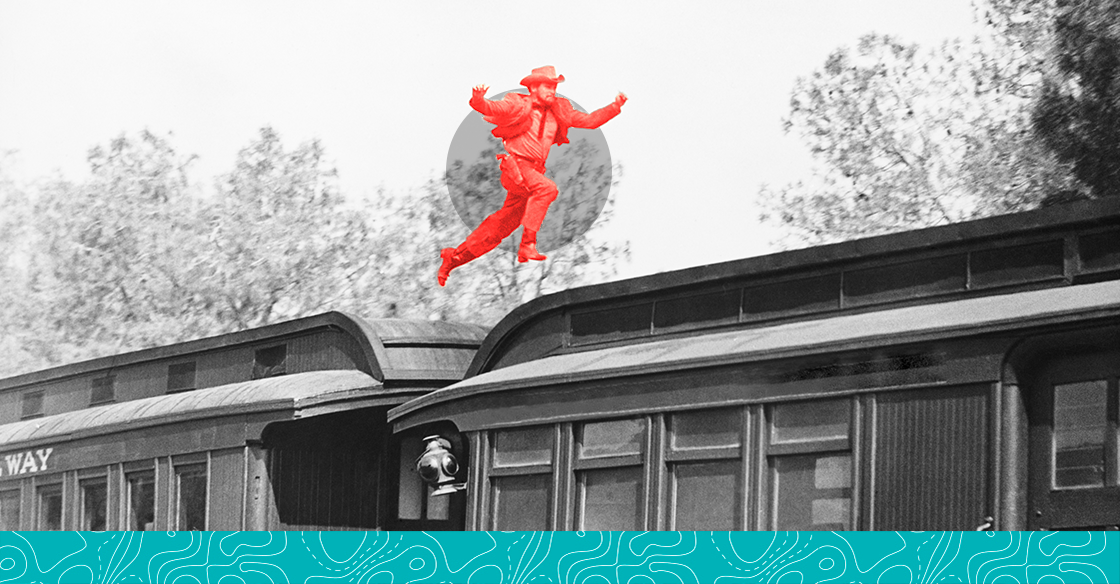
How Conifer Does Agile Research

It seems every research organization is talking about Agile these days. Agility, by definition, refers to speed and ease. But what does successful agile market research look like?
Agility in Research
Agile market research is a methodology and data collection process that can be scaled up or down and broken into shorter phrases or sprints for iterative refinement. It involves constant collaboration with stakeholders and open dialogue about continuous improvement at every stage. The idea of speed and ease is directly related to the underlying desire to maintain flexibility as findings are evaluated and a project can be dialed in with nuance for better focus to yield more relevant outcomes. Once the work begins, teams move through cycles of planning, executing, and evaluating. This iterative process is at the heart of agile research.
During a study, ethnographic researchers continuously engage with participants and adjust protocols/ questions for remaining data collection to match emerging themes or hypotheses. Researchers themselves can also be moved to different phases of the project as needed.
At one point a researcher may be conducting an ethnographic interview, and later in the project be a part of the team communicating powerful stories uncovered to key stakeholders. In our experience, agile market research projects require cross-functional teams, project rotation, and peer-to-peer sharing.
Agile research is sometimes described as a continuous circle, but is better described as an upward spiral. Researchers take what they learn from one project into the next as a part of the iterative nature of learning in this format. The goal is to leverage constant improvement for more focused deliverables in less time than traditional research.
But, this iterative framework can be challenging to get used to. With our years of fieldwork experience, we offer tips for how we use an agile framework for quality market research. We’ve broken these down into phases for ease of reference.
.png?width=100&name=20210701-con-agility-blog-icon-planning%20(1).png) PLANNING
PLANNING
- First and foremost, know when agile isn't appropriate. Agile is a tool that works extremely well for focused projects that have clearly defined objectives. Open-ended exploratory work may eventually lead to Agile projects, but should not necessarily start there.
- Stay organized with to-do lists, due dates, and clearly divided responsibilities within the team.
- Every test needs to have a clearly stated learning objective. Try asking this fundamental question: What are we trying to learn? Every test needs to be constrained (cost, timeframe, resource requirement). These constraints should provide clear lines to mark the end of each phase.
- When transitioning from a traditional methodology to agile, team buy-in is an important consideration. A group discussion and more viral acceptance of this new approach typically will work better than a declaration from on high "We're gonna be agile!"
- The proper function of agile work requires many decisions to be made “in the moment.” Empower research project leaders to make decisions on their own.
.png?width=100&name=20210701-con-agility-blog-icon-execution%20(1).png) EXECUTION
EXECUTION
- Stay focused and prioritize insights by revisiting the research questions throughout the project’s phases. Reiterating simple, but clear project directives keep projects advancing with purpose.
- Take the time to debrief and track notes after interviews and client calls.
- Decisions made by researchers in the field require full support from all sponsors, management, and key stakeholders.
.png?width=100&name=20210701-con-agility-blog-icon-evaluation%20(1).png) EVALUATION
EVALUATION
- Ask yourself, “What initial hypothesis can be validated or debunked?”
- Create deliverables that are clear and can stand alone as well as serve as a foundation to revisit and build on for any future research projects.
- Find ways to share learnings not just within teams but across the organization.
- Recognize that not everything you do will work out.
Agility Beyond the Research
An agile approach is more than just a research methodology. It’s about the deliverable and the social process to orchestrate the discovery of hidden participant narratives.
It’s about being human in the moment and relying on ethnographic expertise to be quick to change course purposefully. It requires sensing and adapting, comfort with ambiguity, and taking on abstract or unknown topics. It means feeling, absorbing and intuiting, and trusting our instincts and skill to develop the most effective pathway forward. It means seeing the other humans involved in the research as such and accommodating them in the best way possible to achieve project outcomes even if the way forward is only emerging as the work is in motion.
Agility to Match Client Goals
We don’t do agile projects because the methodology is in fashion. At Conifer, we factor in our client’s needs from the start so we can design our entire process to what they need. Our agile ethnographic research programs have discrete phases with our sense of agility built into each step. The added benefit here is that clients' goals can also change as new findings are discovered and insights are evaluated right as they emerge from the field.
Flexibility is in the custom nature of all of our projects, and we use our instincts to determine the right way to tackle any given problem instead of following a rote process. By keeping the client's goals in mind, we can quickly adapt to in-field conditions that were not expected. And when dealing with humans, the unexpected is almost a given. Similarly, we have been successful to digital ethnography because we consider how people are adapting in the moment to new interaction queues. Keeping the client’s desired learning outcomes in mind throughout the process keeps the research working for them and not the other way around.
Agility as a Practice in Failure
Traditional research is set up to guard against transparency in failure. Many times steep investments have been agreed upon and when a study doesn’t answer the questions the client needed answered, it is seen as a flop — a waste of money. On the other hand, agile embraces failures at all levels because they serve to identify the points of change. Seeking out structural failure is a keen way to redirect budget to more productive topics more quickly.

For example, if you are trying to understand why customers are ignoring the packaging for your new product through design research, the original line of questioning may have centered around colors and design. But when no significant narratives emerge on that topic and consumers continue to redirect each comment about pricing, the project can quickly be updated to test this as a barrier to purchase.
These small failures become the cornerstone of proper course corrections within projects.
Agility for the Win
Perhaps the greatest benefit of agile research is the potentially lasting effects on a company’s culture. Agile is a cultural and mindset shift, not just a change in procedure. Culture change is hard, easily undermined, and takes time. It can take years of diligent work to replace old research habits and adopt new ones. But companies who commit to this mindset that embraces failure at all levels of leadership eventually realize the benefits of a more collaborative and innovative environment.
Agile is like walking across a frozen lake; we gain a little confidence with each step forward. We'll have to continue making small bets. There is always uncertainty ahead of us, but in our opinion, that uncertainty is worth it and it’s agility for the win.
